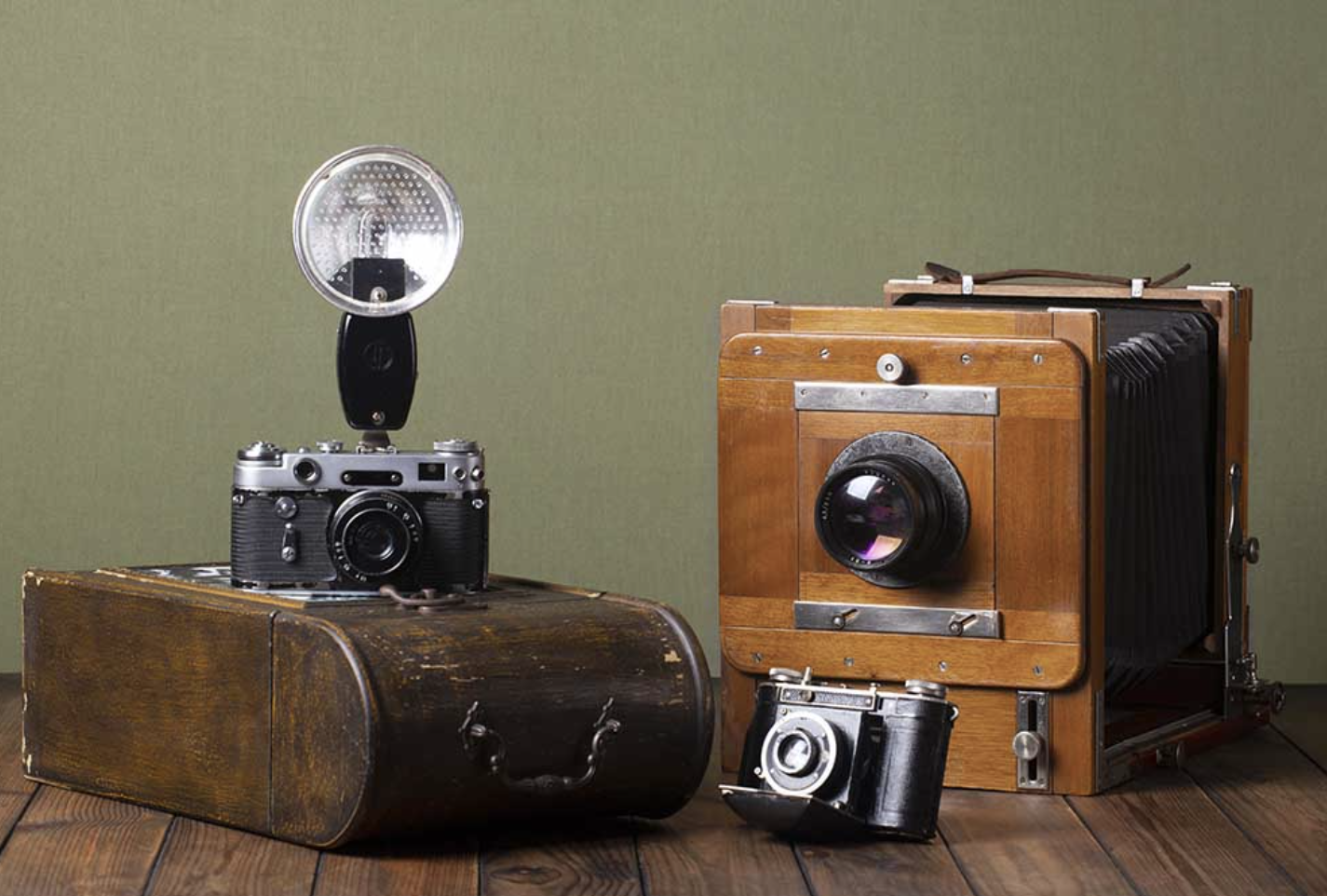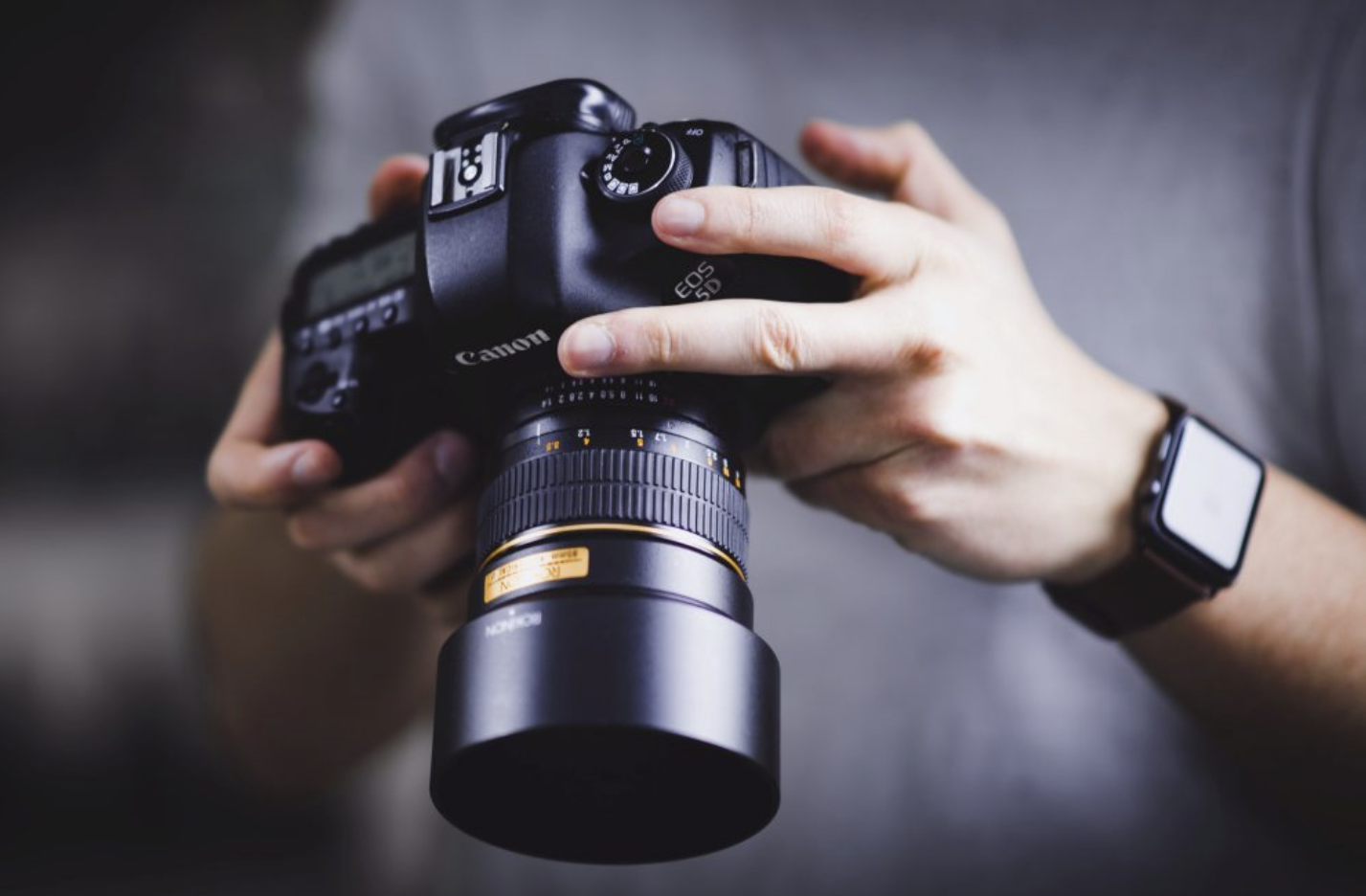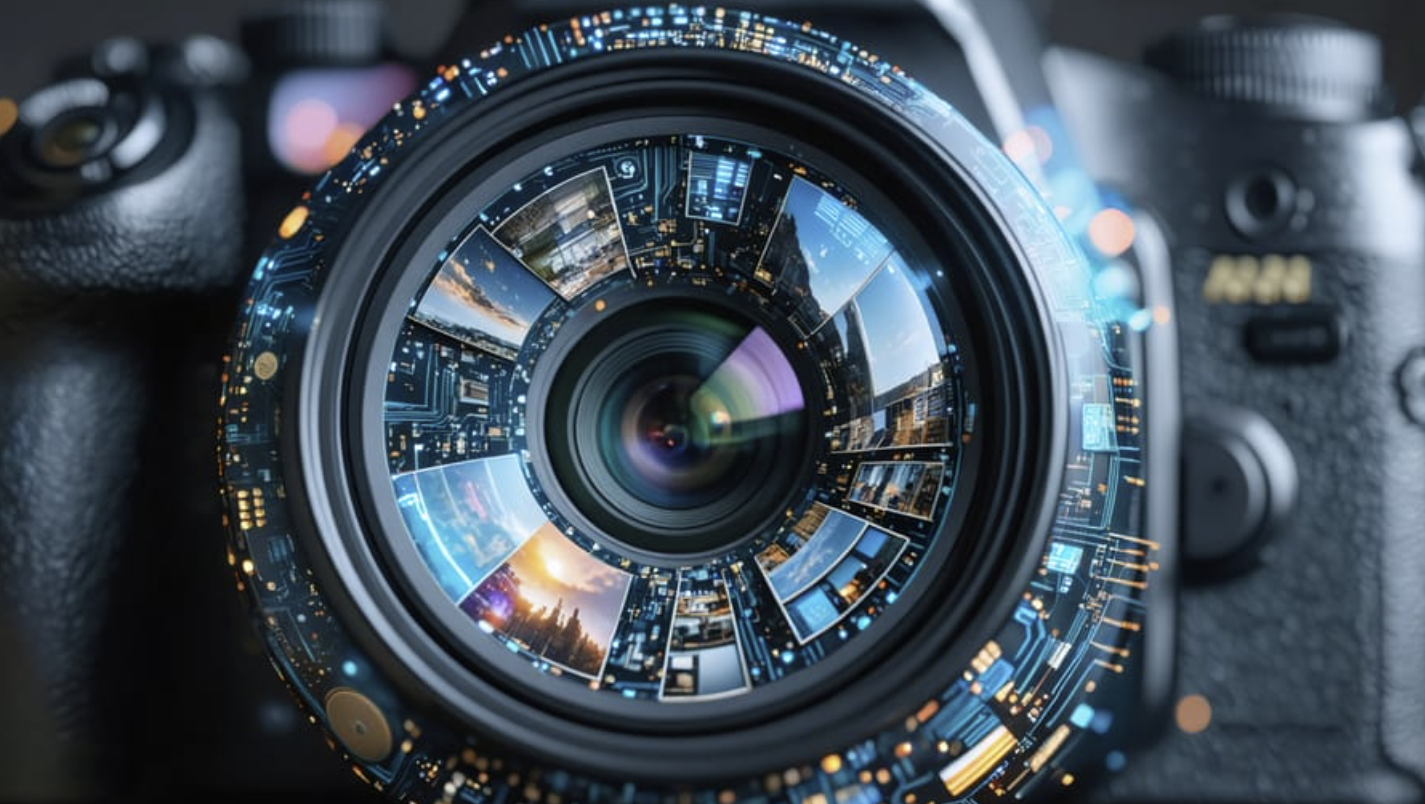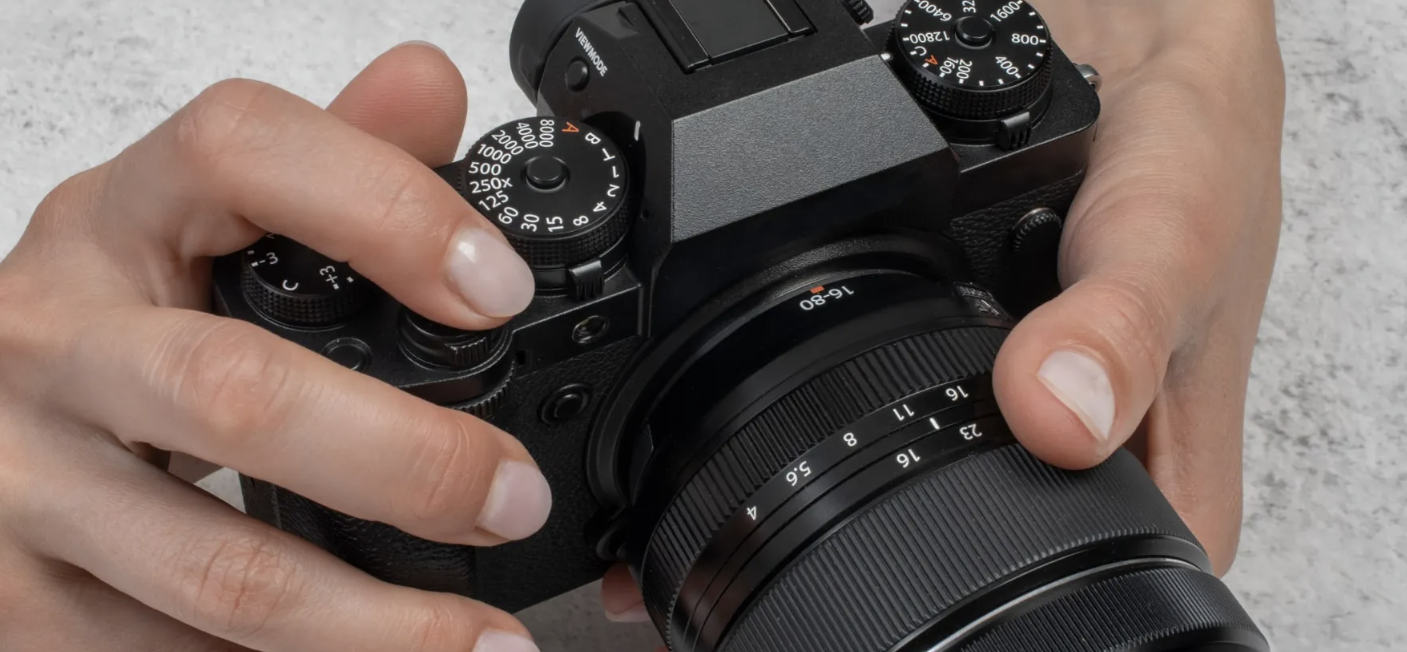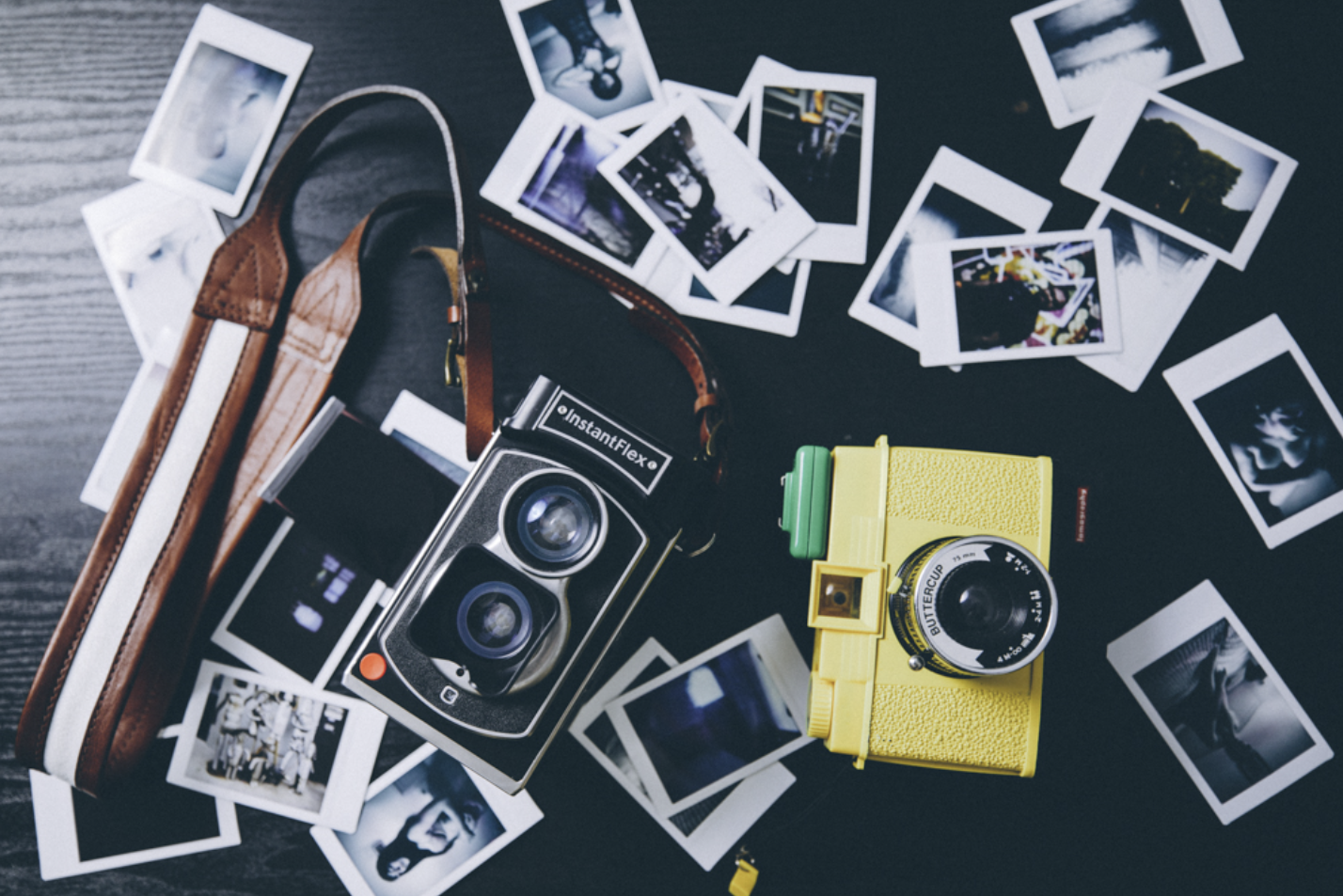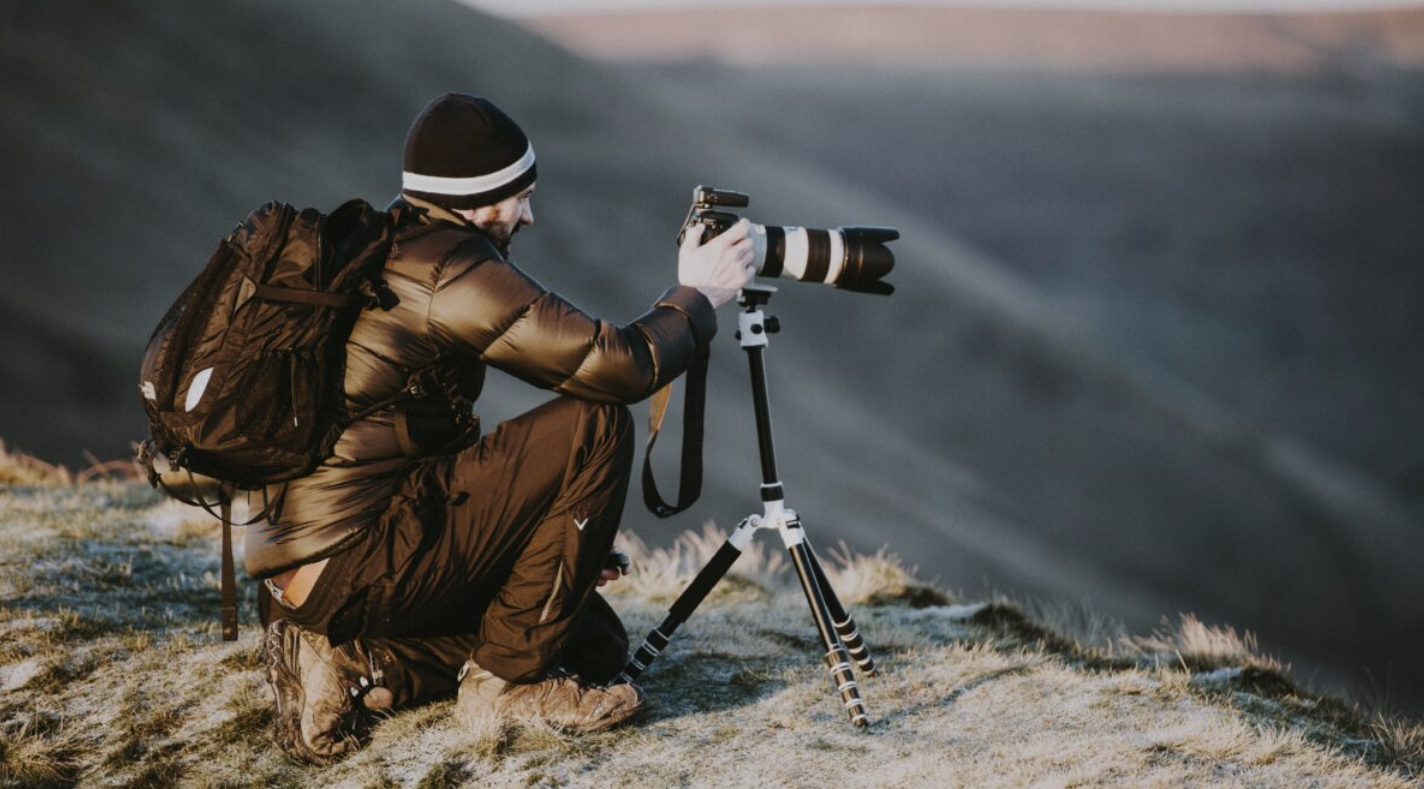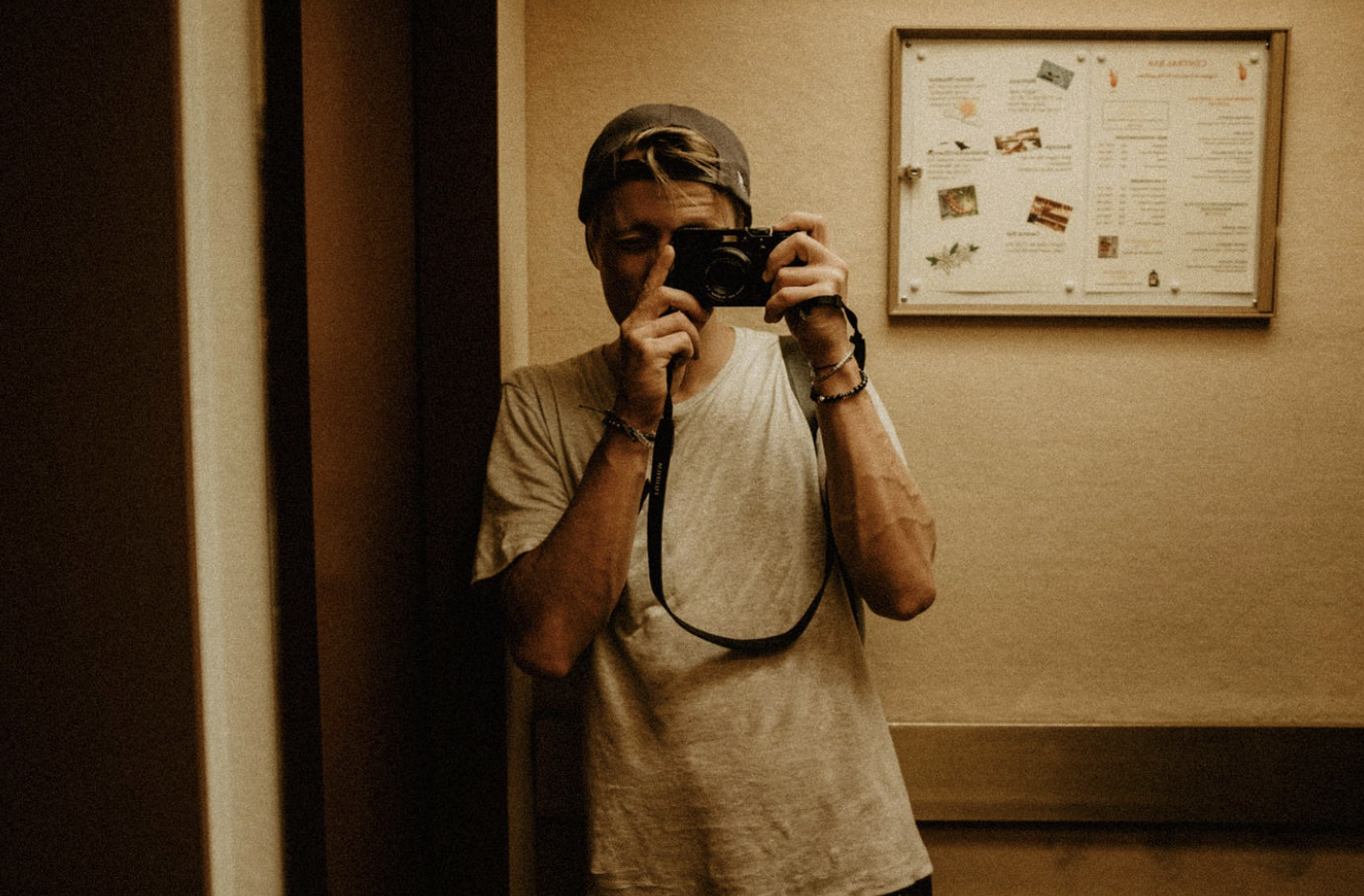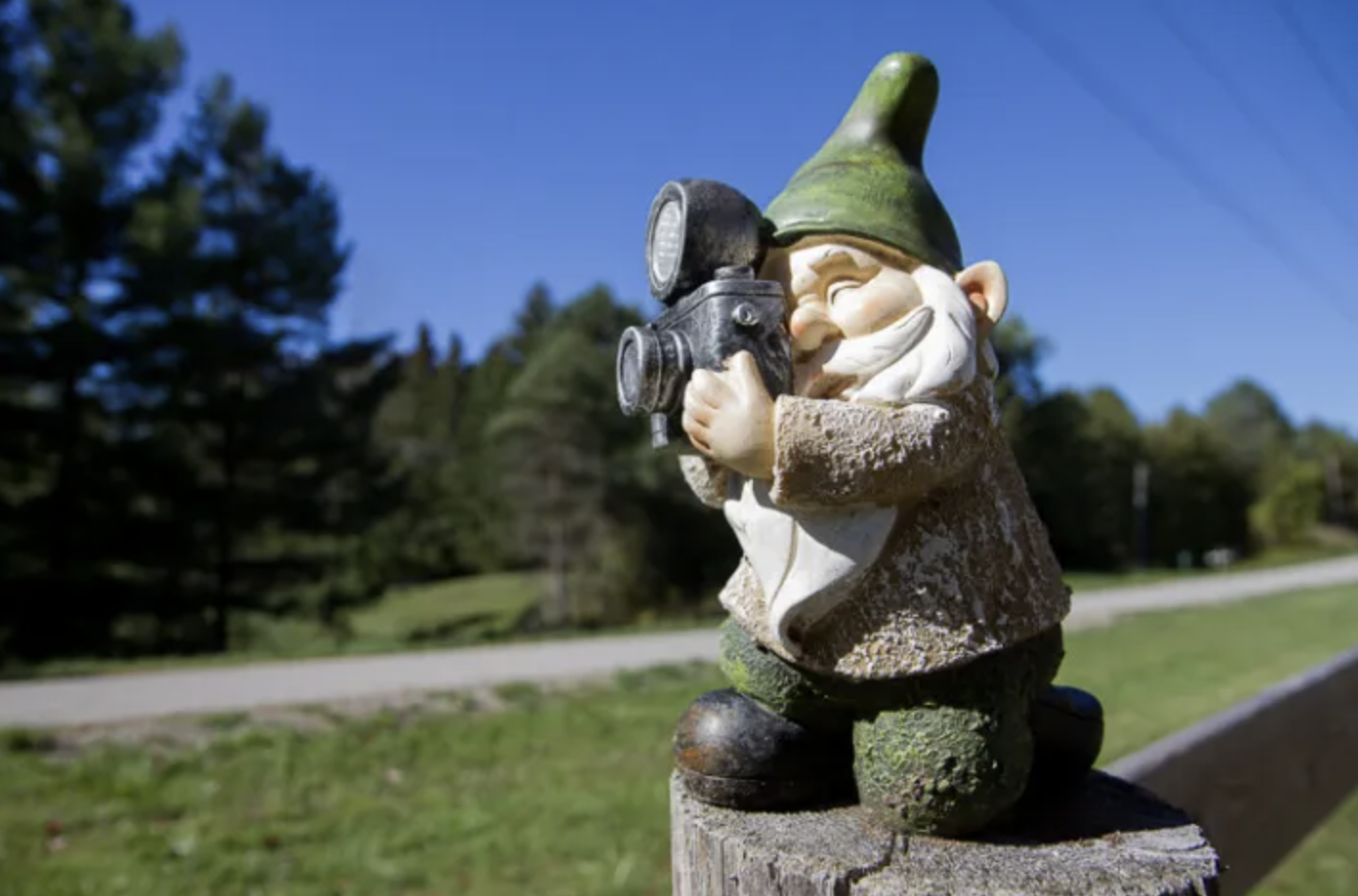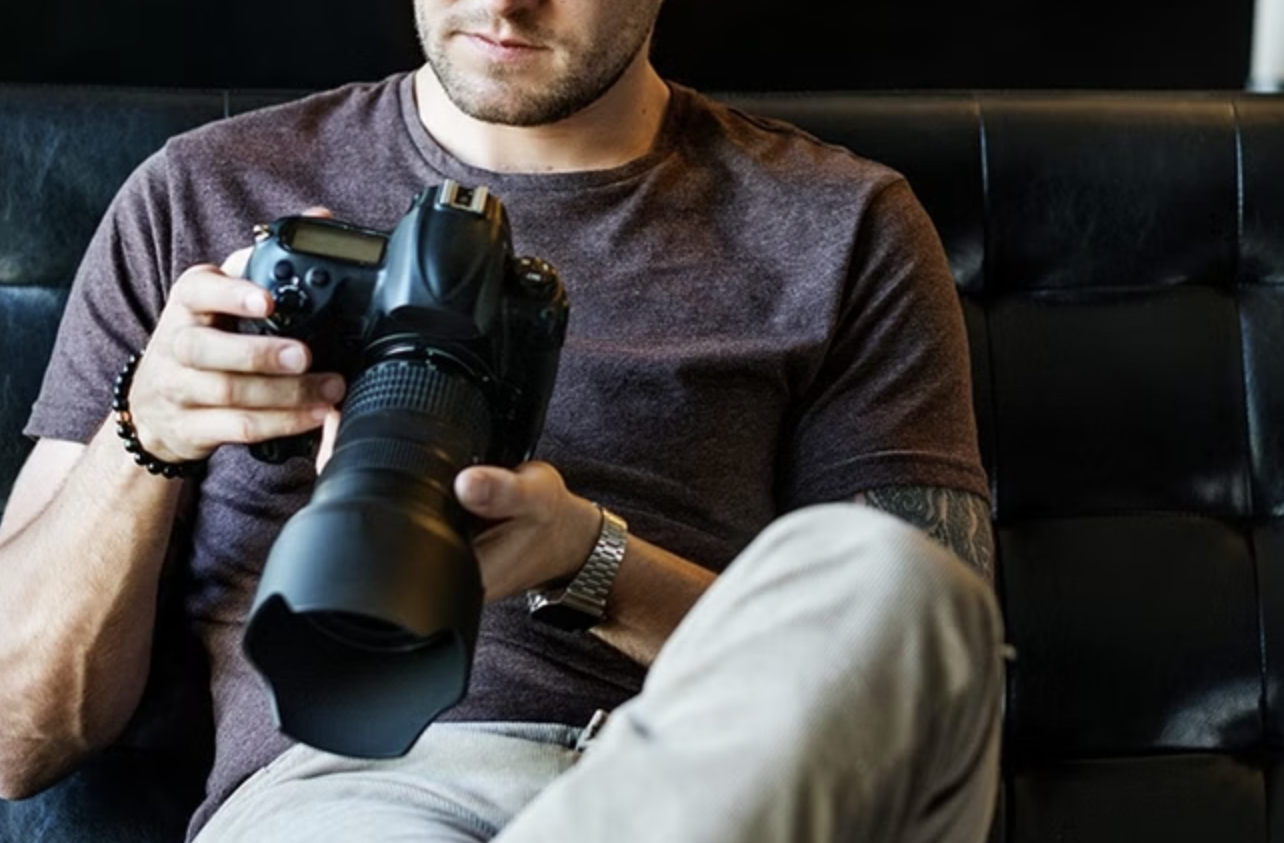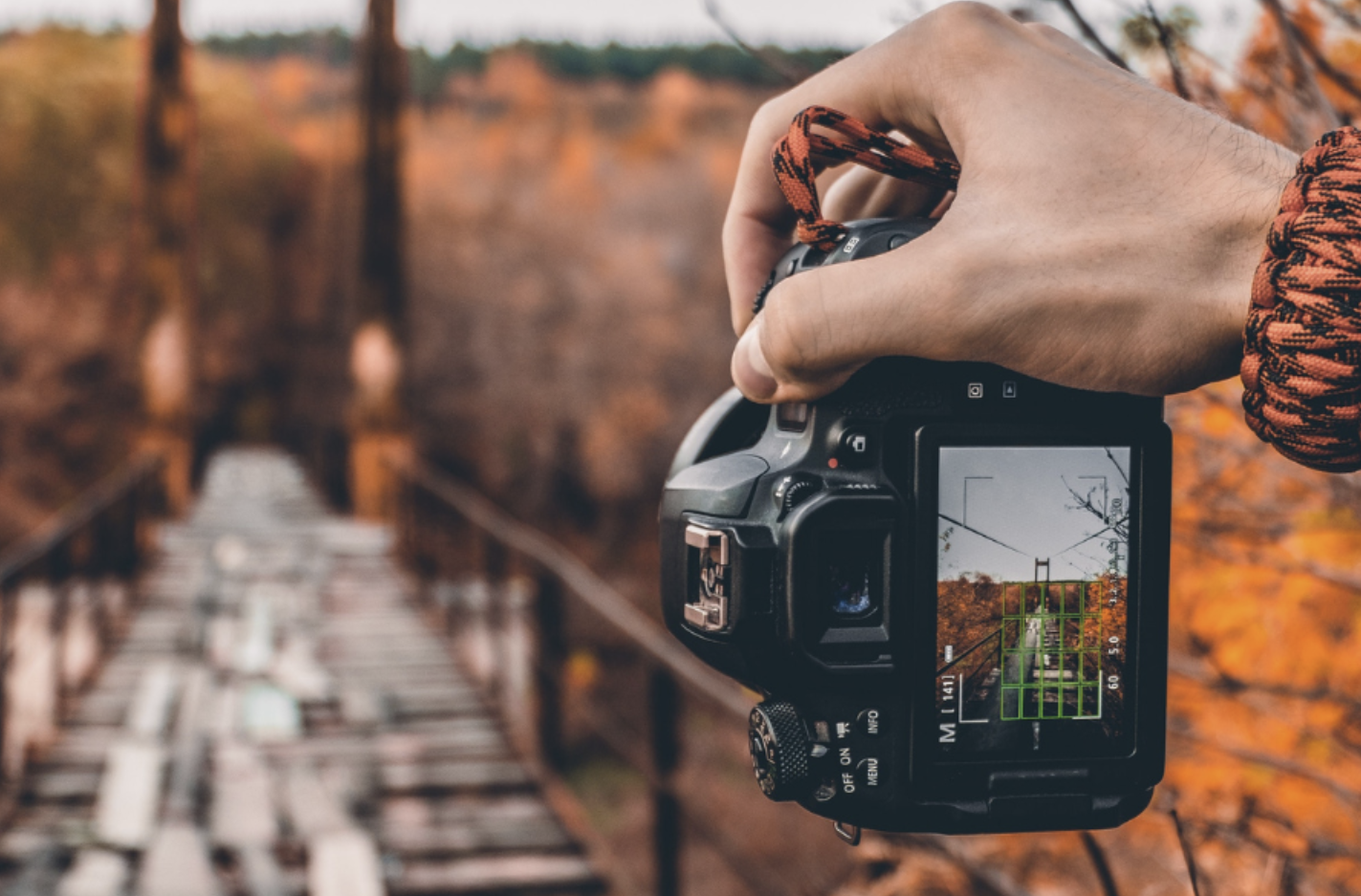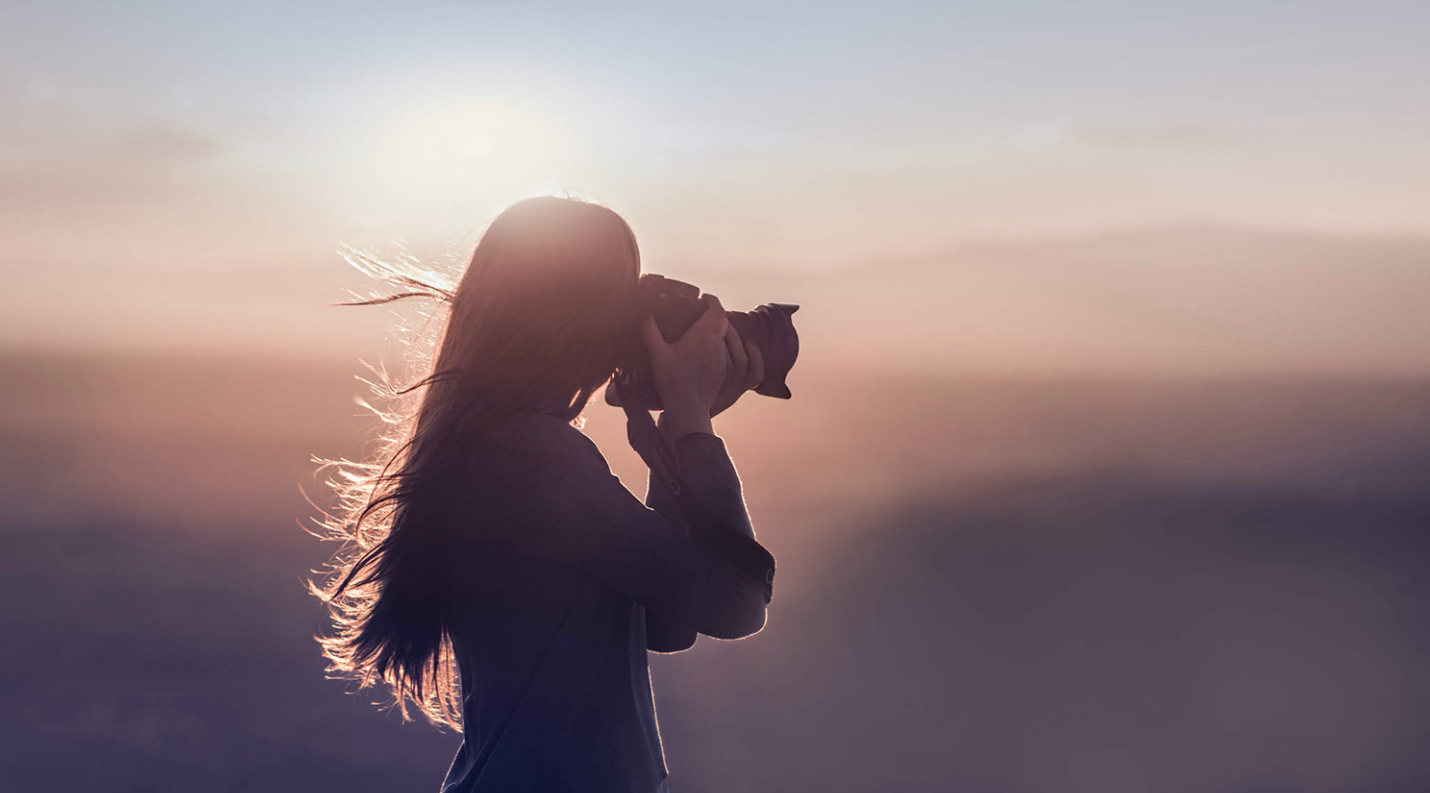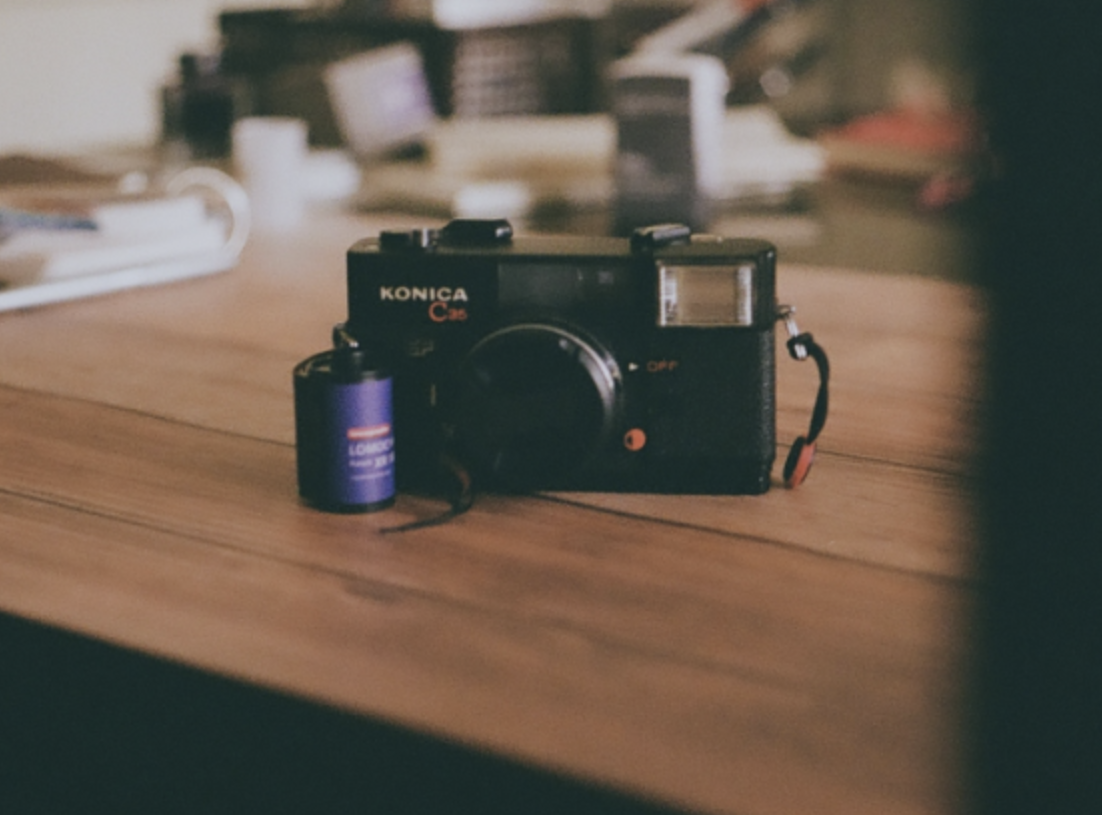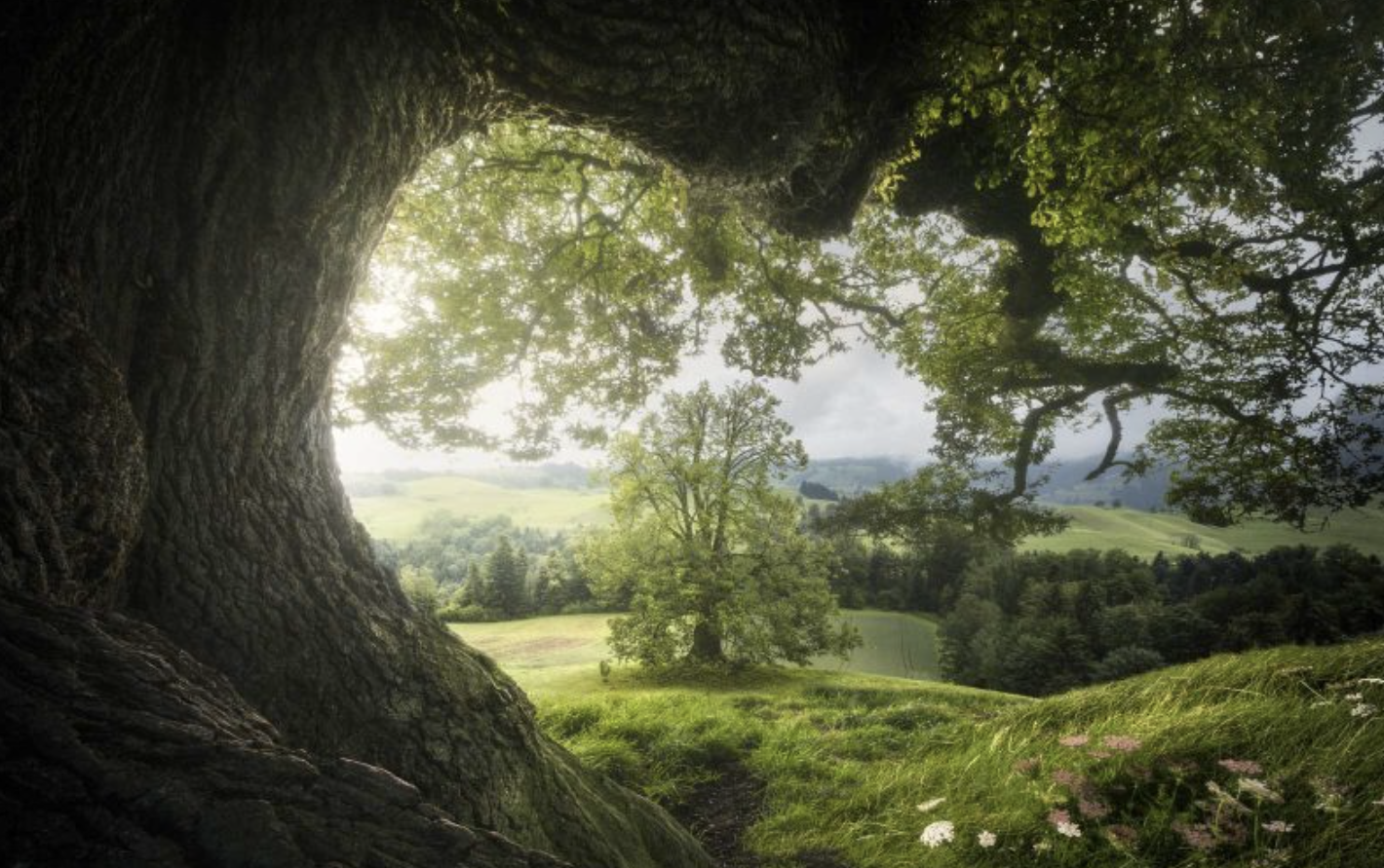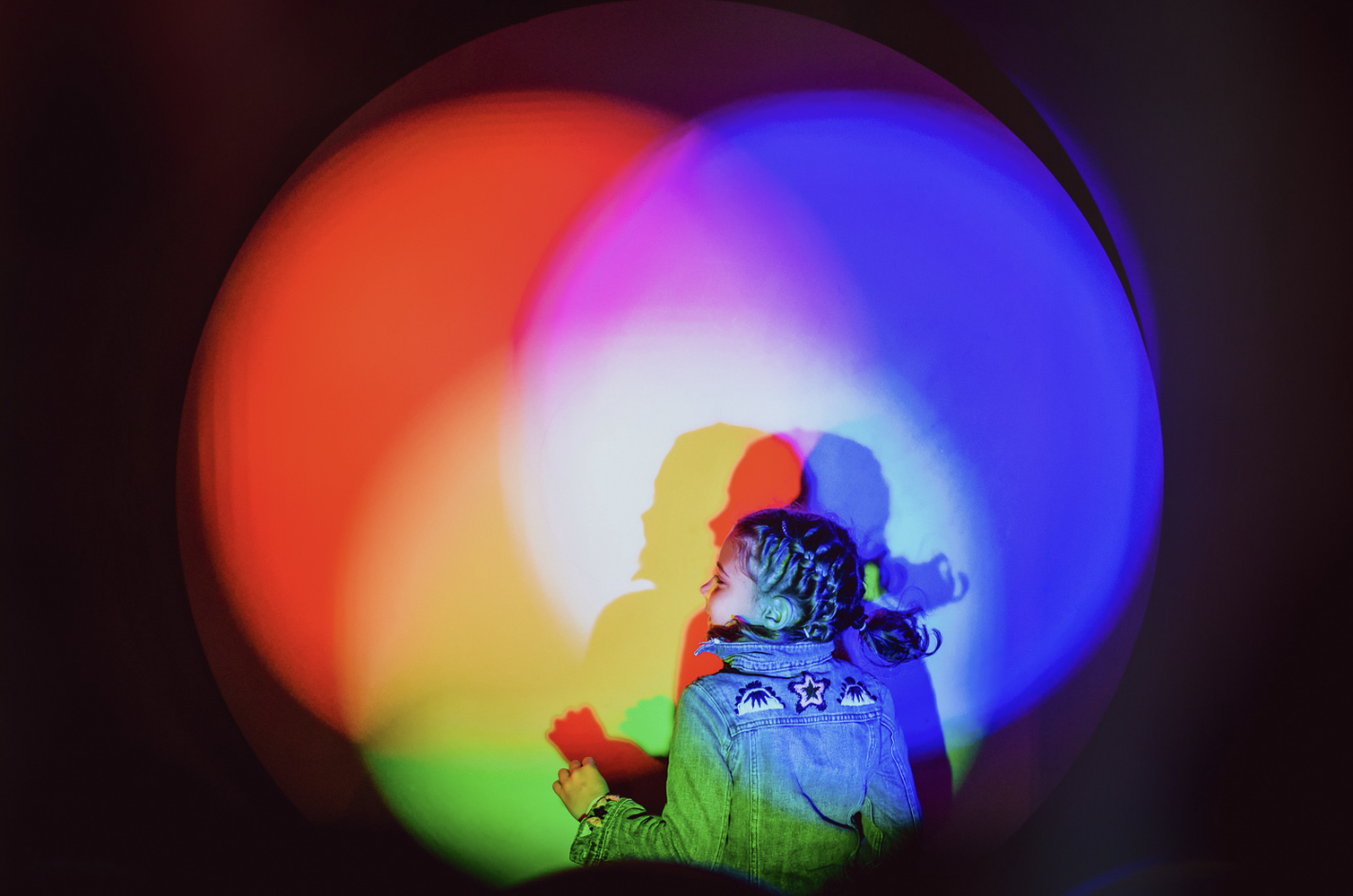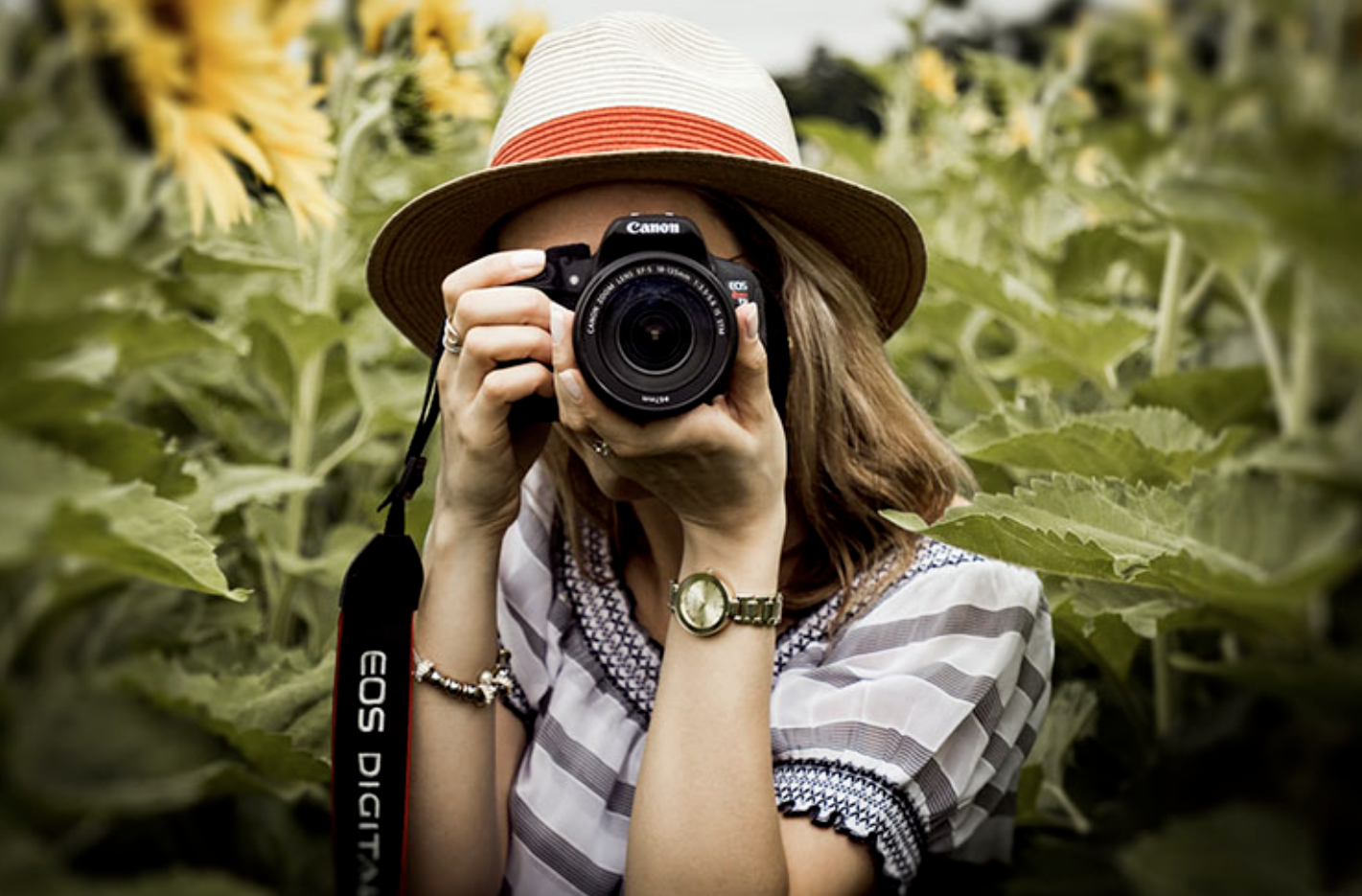
Every photographer has started somewhere, and chances are, you’ve made a few mistakes along the way. Whether you’re a fresh face with a new camera or someone with a bit of experience, recognizing and learning from common missteps is key to growing as a photographer. Even professionals slip up from time to time, but keeping these mistakes to a minimum will improve the quality of your work and boost your confidence. Let’s take a look at some typical mistakes beginner photographers make and how to steer clear of them.
1. Blown Highlights
One of the most frequent issues beginners face is blowing out the highlights, meaning the brightest areas of your photo lose all detail and appear pure white. To avoid this, always check your histogram or enable the “blinkies” function, which highlights overexposed areas. If you notice areas that are too bright, adjust your exposure and take the shot again. This simple step will help preserve more details in your images.
2. Using ISO Incorrectly
Setting your ISO too high in bright sunlight is an easy way to end up with noisy images that lack detail. Remember, higher ISO values increase both light sensitivity and noise, which is detrimental to your photos. Understanding how ISO works and adjusting it accordingly will help ensure you capture clean, detailed images. Keep your ISO as low as possible in well-lit conditions to maintain image quality.
3. “I’ll Fix It in Post”
Relying on post-processing to fix mistakes is a bad habit that can lead to subpar results. While editing software like Photoshop or Lightroom is useful for minor adjustments, it’s no substitute for getting things right in-camera. Focus on properly setting exposure, composition, and other elements while shooting, so you don’t have to waste time and effort fixing mistakes later. Editing should enhance your image, not save it from fundamental errors.
4. Overdoing Post-Processing
While post-processing can enhance your photos, overdoing it can make your images look unnatural. Avoid falling into the trap of excessive editing, such as oversaturating colors or applying too many filters. HDR photography, when overdone, can create unrealistic, garish images that detract from the scene’s true beauty. Strive for a balance where your edits complement the original photo rather than overpowering it.
5. Incorrectly Creating Black and White Images
Black and white photography is more than just removing color from an image; it’s about making a creative decision to focus on elements like light, contrast, and composition. Too often, beginners turn a color image into black and white without considering these factors, resulting in dull and uninspiring photos. If you’re going to use black and white, do it thoughtfully, ensuring that it enhances the message of the image.
6. Posting Photos You’re Not Proud Of
Posting subpar work can damage your reputation as a photographer. In today’s digital age, your online presence is crucial, and bad photos can be easily found. It’s better to share fewer, high-quality images than to flood your portfolio with mediocre ones. Always ask yourself: Would you be proud to show this photo to a potential client or employer? If the answer is no, it’s best not to post it.
7. Constantly Wanting to Upgrade Your Gear
It’s tempting to think that a new camera will solve all your problems, but that’s not the case. If you’re still getting to know your current DSLR, don’t rush into upgrading. Learn how to make the most of your current equipment before considering a purchase. Buying the latest and greatest gear won’t make you a better photographer if you don’t understand how to use it. Master your current camera before moving on to the next one.
8. Working for Free
While it might seem appealing to work for free in exchange for exposure or recommendations, doing so undervalues your skills and hurts the photography market as a whole. If photographers consistently offer free work, it sets a precedent where no one expects to pay for quality images. This not only reduces the perceived value of your work but also impacts the sustainability of the profession. Know your worth, and don’t be afraid to charge for your services.
Final Thoughts
Photography is a journey, and making mistakes is part of the learning process. By being aware of these common pitfalls, you can avoid them and grow into a more confident and skilled photographer. Focus on mastering the basics, invest in your education, and don’t rush into gear upgrades or shortcuts. The more you practice and learn from your errors, the better your photography will become.


